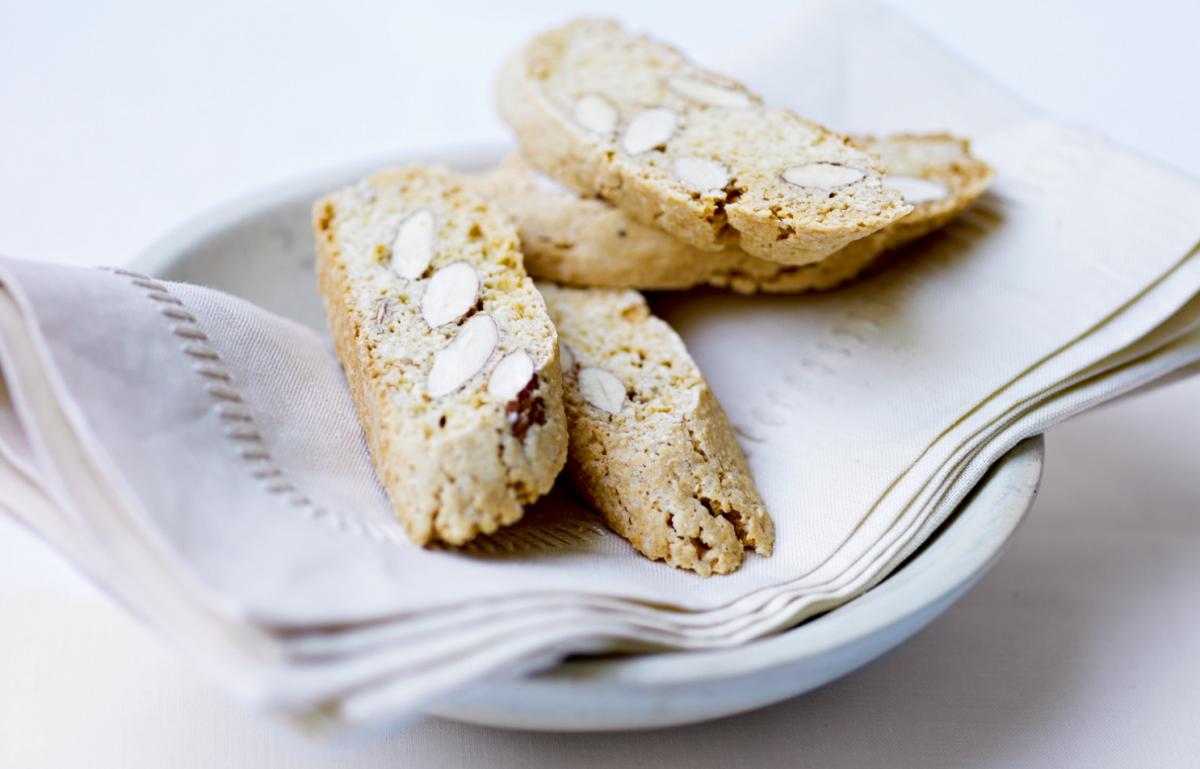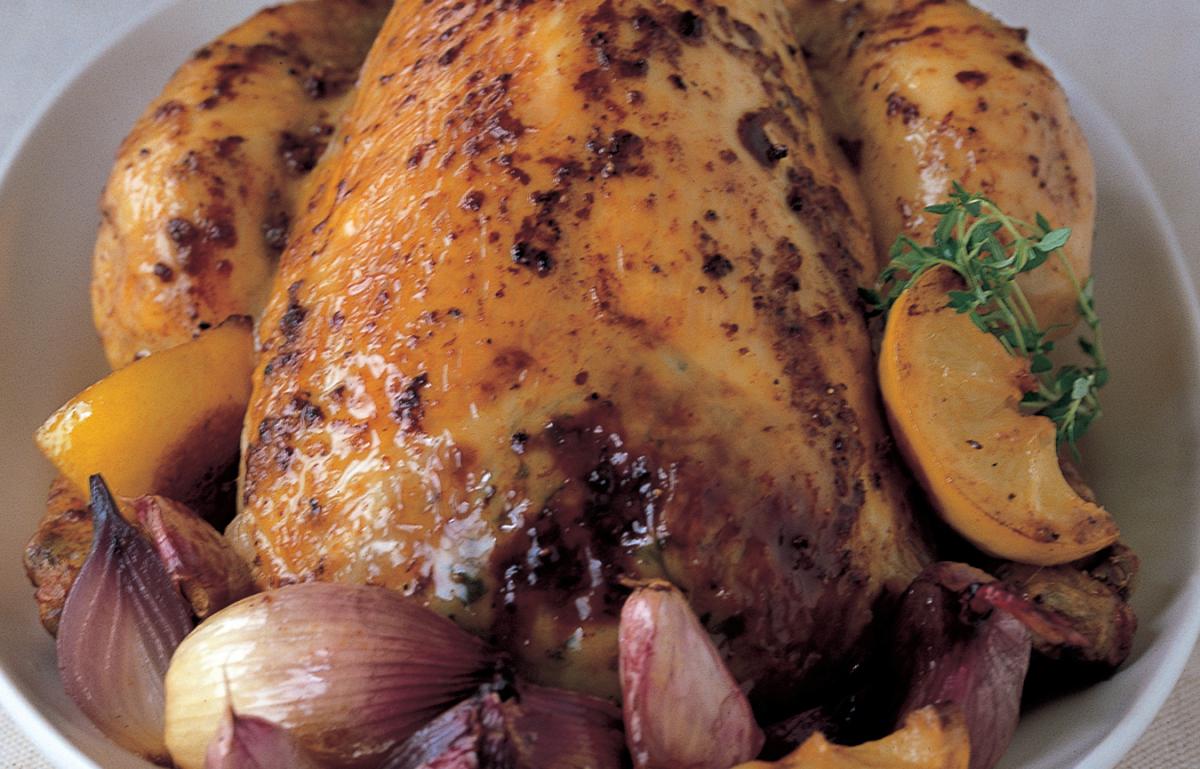

The poet Pam Ayres once said, when describing her home-made wholemeal bread, that it was like 'biting into a cornfield', and that's it – the very best description I've ever come across.
A crisp, crunchy crust and then all the flavour of the wholewheat grain – take a bite, close your eyes and you'll know just what she meant. Then, when you've grasped how easy wholemeal bread is to make, you'll probably never stop making it. The recipe here is adapted from Doris Grant's famous loaf in her book Your Daily Bread, for which I continue to give thanks.
The Delia Online Cookery School: You can now watch how to make this recipe and other Wholemeal Breads in our video, just click the image to play.
This recipe is from Delia's Complete How to Cook.
Measure the flour into a large mixing bowl, then all you do is simply sprinkle on the salt and easy bake yeast, using a spatula mix everything together thoroughly.
Make a well in the centre and pour in all the hand-hot water. Then mix the water into the flour gradually to form a dough: the exact amount of water you'll need will depend on the flour. Finish off by mixing with your hands until you have a smooth dough that leaves the bowl clean – there should be no bits of flour or dough remaining on the sides of the bowl and, unlike pastry, it is better to have too much water than too little. Now transfer the dough to a lightly floured surface and stretch it out into an oblong, then fold one edge into the centre and the other over that.
Now put the dough into the tin and sprinkle the surface with a generous dusting of flour, then place it into the roomy greased polythene bag. Close it with a clip and leave it to rise for 1½ to 2 hours at room temperature (but this could be much quicker depending on the warmth or the room) until the centre is about 2cm above the height of the tin.
Pre-heat the oven to 200°C, gas mark 6.
When the dough has risen to above the top of the bread tin, remove the bag and bake near the centre of the oven for 40 minutes. When the bread is cooked, loosen the edges with a palette knife and turn it out on to a cloth to protect your hands. Then tap the bottom of the loaf with your fingertips to check if it is cooked through as you tap you should hear a hollow sound. If you like it crusty then return the bread, out of its tin, upside down to the oven for a further 5-10 minutes to crisp the base and sides.
Cool the bread on a wire rack, and never put it away or freeze it until it is absolutely cold
Follow us Like us on Facebook Follow us on twitter Follow us on instagram Follow us on pinterest Follow us on youtube
© 2001-2024 All Rights Reserved Delia Online